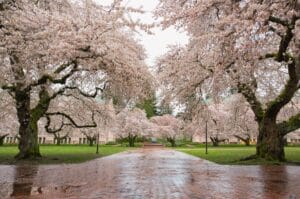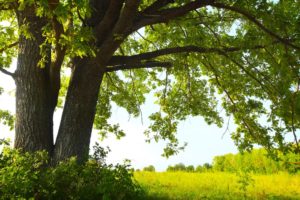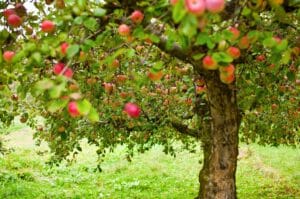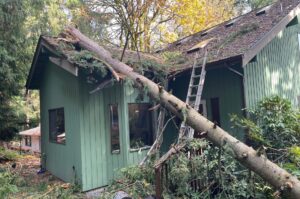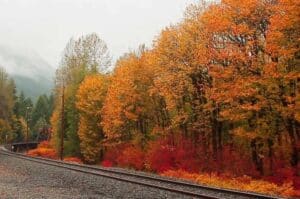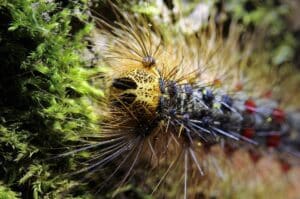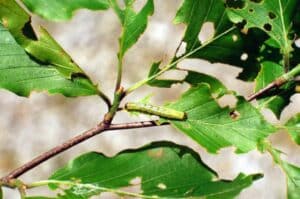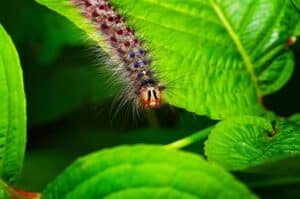Bronze Birch Borer: Symptoms, Causes, Treatment & Prevention
Bronze birch borer is killing birch trees throughout the King County area. Learn how to spot the early signs and get effective treatment to save your trees.
Seattle Tree Care experts talk about options for treating bronze birch borer, from chemical treatments to at-home practices that can save your birch tree.
About the Bronze Birch Borer
Native to North America, damage caused by the bronze birch borer (BBB) dates back to the late 1800’s and continues to the present day.
Trees Attacked by Bronze Birch Borer
This pest is known to attack all native and non-native species of birch, although susceptibility varies. In Seattle, we often see these trees infested by BBB:
- white-barked (Betula jacquemontii)
- paper birch (Betula papyrifera)
- European white birch (Betula pendula)
The BBB is opportunistic and thrives in birch trees that are weakened or stressed by agents such as drought, soil compaction, root injury, other insects, and old age. Birch trees tend to prefer cool and moist growing sites, which are not typically found in most residential and urban areas. With frequent stress caused by dehydration, high temperatures, and compacted soils, landscape birch trees are commonly attacked by this pest.
Bronze Birch Borer Symptoms
EARLY SYMPTOMS
Early symptoms of the BBB include yellow leaves, branch dieback, and an overall thin appearance to the upper part of the canopy. Larvae feed underneath the bark and disrupt the flow of water to the canopy. Wound tissue forms around these disruptions, creating a serpentine lump underneath the bark. Eventually, the symptoms progress downward to the lower branches and trunk.
MID-STAGE BBB SYMPTOMS
Mid-stage symptoms include expanded areas of branch dieback spreading from the top of the tree downward. You may notice that infested tree limbs lack the fine twigs normally seen on healthy branches.
LATE SYMPTOMS OF BBB INFESTATION
As the destruction progresses, late symptoms appear, with significant canopy dieback and no fine twigs on infested limbs. Overall, the tree looks bare and appears to be dying from the top down.
Adult beetles cause relatively little damage, but the larvae feed on the xylem layer and disrupt the movement of water and minerals within the tree. Early symptoms can be difficult to diagnose, but eventually, the canopy dies from the top down.
Trees may be infested for several years before symptoms are visible in the canopy.
Options for Treating Bronze Birch Borer
Preventively treating your tree is the best defense against BBB.
Water Well
Adequate water is a key factor in maintaining healthy birch trees. A slow, deep watering event once per week during dry conditions will help maintain soil moisture levels and minimize the stress that invites the borer.
Practice Proper Pruning
Pruning helps reduce the number of beetles in your tree and reduces the threat of dead limbs falling on your property. Pruning focuses on cutting deadwood down to where the tree is still alive and the wood is stable.
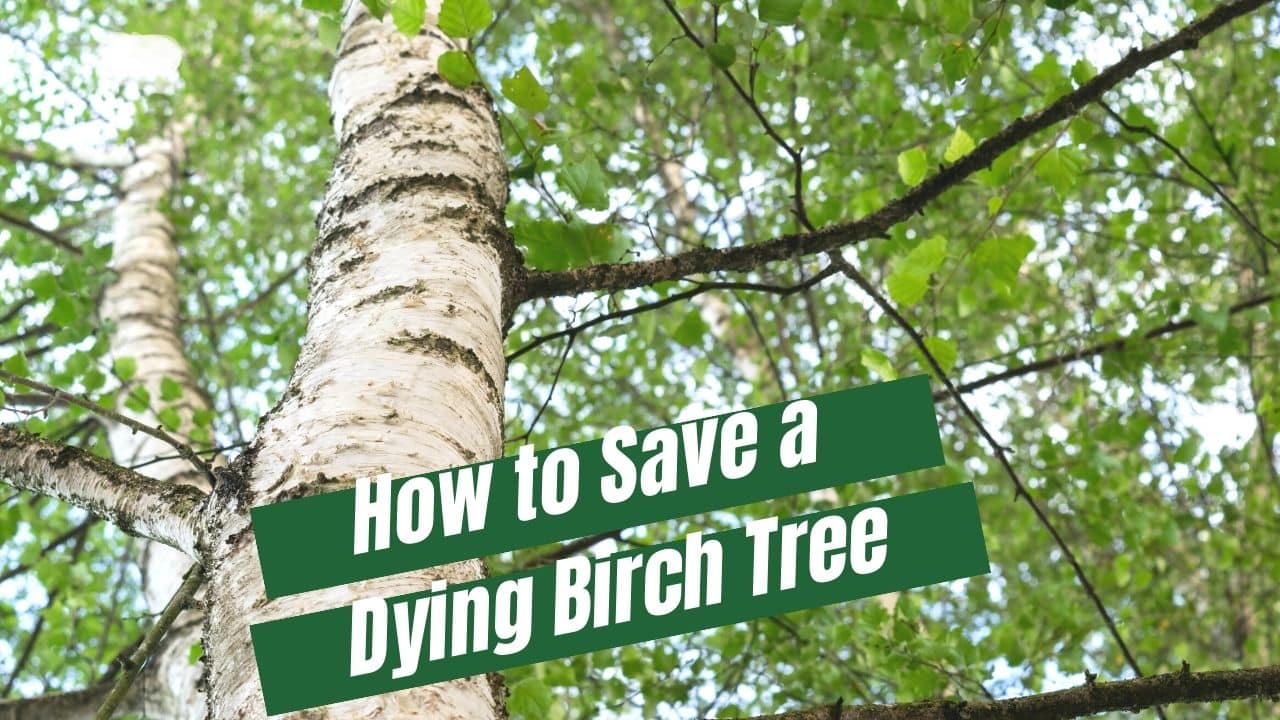
Chemical Treatments
Option 1: Soil Application of a Systemic Insecticide
Research trials have shown systemic insecticide treatments are highly effective at protecting birch trees. Current insecticide technology, Xytect and Mectinite, can protect your tree from BBB and other insects, including the birch leafminer.
Xytect and Transtect are systemic insecticides that protect the vascular system of the tree. Xytect should be applied in the spring or the fall and Transtect should be applied in the summertime. Both are applied at the base of the tree and are evenly distributed throughout the canopy by the pull created by the leaves. When the insect ingests the treatment they quickly stop feeding and die.
Transtect will provide rapid protection (within a week on most sized trees) and will last the entire season. Xytect can take up to 6-8 weeks to be active in the canopy but will provide 12 months of protection.
Which treatment will be recommended is dependent on the time of year the treatment will be applied.
Added Protection
Xytect or Transtect will also protect your birch tree from these other insects:
- Birch Leafminers
- Aphids
- Spittle Bugs
- Flat Head Borers
- Leaf Hopper
- Soft Shell Scale
Option 2: Stem Injections
If you have a tree that is infested or a large tree that is in a high-risk area, your arborist may recommend a treatment using Mectinite. Mectinite is applied by injecting it into the root flares of the tree and has been shown in University trials to get excellent control of actively feeding larvae. Mectinite works for two growing seasons.
Want more bronze birch borer information?
Download this sheet (PDF) with details about identifying and treating the beetle.
Book Your Service Today
Request service for bronze birch borer by completing the brief form below or giving us a call at 206-789-0534.
Recent Articles
Looking for More?
We've got you covered with tips, resources, updates, how-to's, and other helpful information about trees and landscapes in Seattle, Puget Sound, and King County, WA. Join the thousands of smart local residents who get the monthly newsletter from Seattle Tree Care for helpful information you won't want to miss!
There's no spam - we promise! We are committed to keeping your e-mail address confidential. We do not sell, rent, or lease our contact data or lists to third parties.


